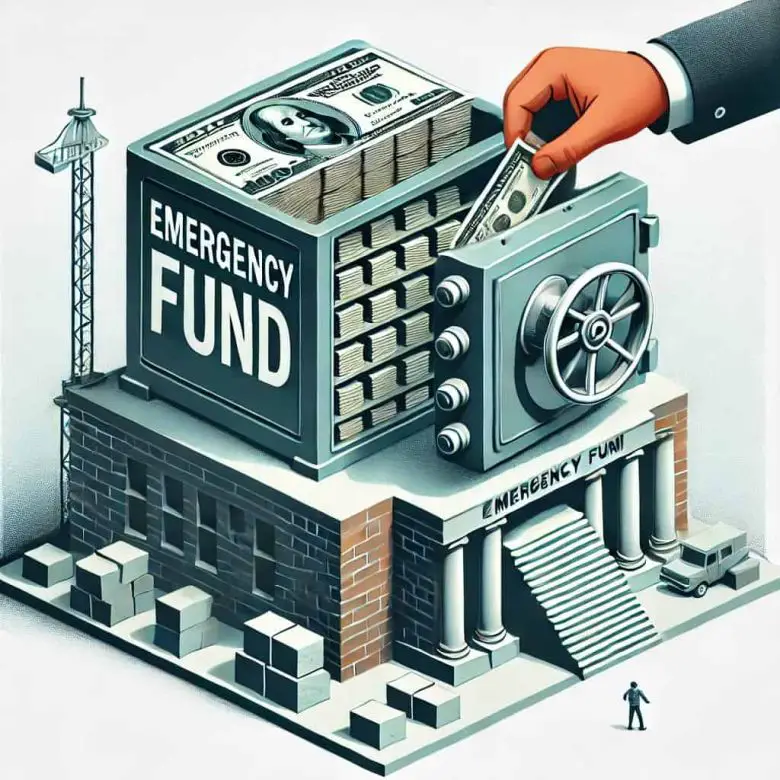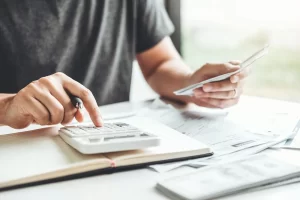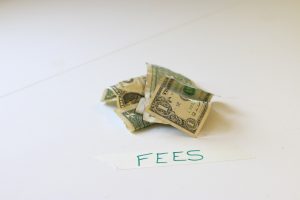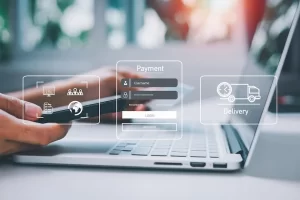An emergency fund is a financial safety net designed to cover unexpected expenses, such as a medical emergency, car repairs, or unexpected job loss. Without this buffer, people may have to resort to loans or credit cards. Such situations can lead to financial stress and debt. An emergency fund can help you feel secure and ready for the unexpected. Try to save at least three to six months of living expenses so that you have stability during difficult times.
Choose the Right Bank for Savings
Where you keep your emergency fund is just as important as how much you have saved. A bank with simple tools, low fees, and high-yield savings accounts will help your money grow faster. You can take advantage of online banking to build your emergency fund. Online banking often offers more favorable interest rates than traditional banks. Accessibility is also important; your money should be easily accessible in an emergency, but not so easily accessible that you feel pressured to use it for non-essential purposes. Choosing the right bank can help you grow your savings over time.
Set Clear Savings Goals
One of the best ways to create an emergency fund is to set reasonable, achievable goals. Knowing how much you need can help you stay motivated and on track. Break your main goal down into smaller weekly or monthly savings goals. For example, if your annual savings goal is $3,000, aim to save $250 each month. These small, achievable goals can help you see progress and feel more in control. Achieving milestones can reinforce your savings habit and motivate you to keep going.
Continuous Savings through Automation
One of the most effective smart banking strategies for growing your emergency fund is automation. Your checking account automatically transfers money to your savings account every time you receive your paycheck. This approach creates consistency and prevents the urge to spend first and save later. Think of your emergency fund as a monthly bill that you have to pay no matter what. Saving becomes easy when it’s automatic; it lets your money grow without you having to constantly look at it.
Separate Savings and Spending Accounts
If you keep your emergency fund in a separate bank account, you can’t use it for everyday expenses. A separate savings account protects your emergency fund with a psychological shield. Some people even choose a different bank than their primary checking account so they have less easy access to their money. This way, you can be sure that your emergency fund is there until you really need it and that it’s serving its purpose.
Make the Most of Your Bank Alerts and Tools
Many modern banks offer digital tools and notifications that give you smarter control over your money. You have the option to set up alerts to inform you when your balance falls below a specified level or when you make a deposit into your savings account. Some banks also offer budgeting tools that map your spending patterns. This way, you can see where you can cut back and transfer money to your emergency fund. These tools help you stay informed and involved in your financial development.
Earn Interest with a High-Yield Savings Account
Instead of leaving your emergency fund in a traditional savings account with a very low yield, consider opening a high-yield savings account. Your money will grow more quickly in these accounts without you having to do anything because they earn higher interest. The faster you reach your savings goal, the bigger your emergency fund will be. Look for banks that charge no or minimal fees and that compound interest daily or monthly. Over time, the interest you earn can make your money grow significantly.
Avoid Fees and Penalties for Draining Your Savings
Smart savers are wary of expenses that can eat into their emergency savings. Minimum balance fees, monthly maintenance fees, and overdraft penalties can all eat into your financial resources over time. Be sure to read the fine print and choose an account that is easy to open. Some banks offer fee waivers if you meet certain criteria, such as maintaining a minimum monthly deposit. By avoiding unnecessary expenses, every dollar saved stays in your account, benefiting you.
Redirecting Windfalls and Bonuses Into Savings
Unexpected income, such as a tax refund, a work bonus, or a gift, is a wonderful opportunity to boost your emergency fund. Instead of using this extra money, you can put it directly into an emergency savings account. Although windfalls don’t happen often, if managed properly, they can help you reach your financial goals faster. You can use your bonus as a tool for long-term stability rather than short-term pleasure. This approach creates a buffer that protects you during financial hard times.
Check and Adjust your Money Regularly
Your emergency fund isnot a static account. Regular reviews ensure that your financial needs are being met. If changes in your life—such as a new job, a larger family, or a move to a more expensive area— cause your expenses to increase, adjust your savings goals accordingly. Furthermore, make it a habit to replenish the money you’ve withdrawn as soon as possible. Regular reviews ensure that your fund remains relevant and beneficial to your situation.
Conclusion
One of the smartest financial decisions you can make is to create an emergency fund. By implementing smart banking strategies (such as automation, choosing the right savings account, and using digital tools and the ability to earn interest), you can grow your money faster and more sustainably. Be diligent and disciplined with your emergency fund; it will serve as a constant financial lifeline when the unexpected happens. With the right planning and dedication, it is possible to create a fund that provides stability, confidence, and peace of mind.
FAQs
1. How big should my emergency fund be?
Many people recommend setting aside three to six months of living expenses. This method provides a buffer against unexpected bills, medical crises, or job loss.
2. Where should I keep my emergency fund?
The ideal option is a high-yield savings account. Such an account keeps your money available in times of crisis and can earn interest.
3. How can I start saving if I’m living paycheck to paycheck?
Start humble. Even if you save $10 to $25 a week, that can add up over time. Look for small, unnecessary expenses that you can cut and put the money in a savings account.
4. Can I invest my emergency fund?
No, it is generally not a good idea to dip into your emergency fund. Your emergency fund should be sufficient and easily accessible; the value of investments can vary.
5. Should I spend my emergency fund?
Make it a priority and get started on it as soon as possible. Return to your savings strategy and grow your wealth to ensure your financial safety net.




